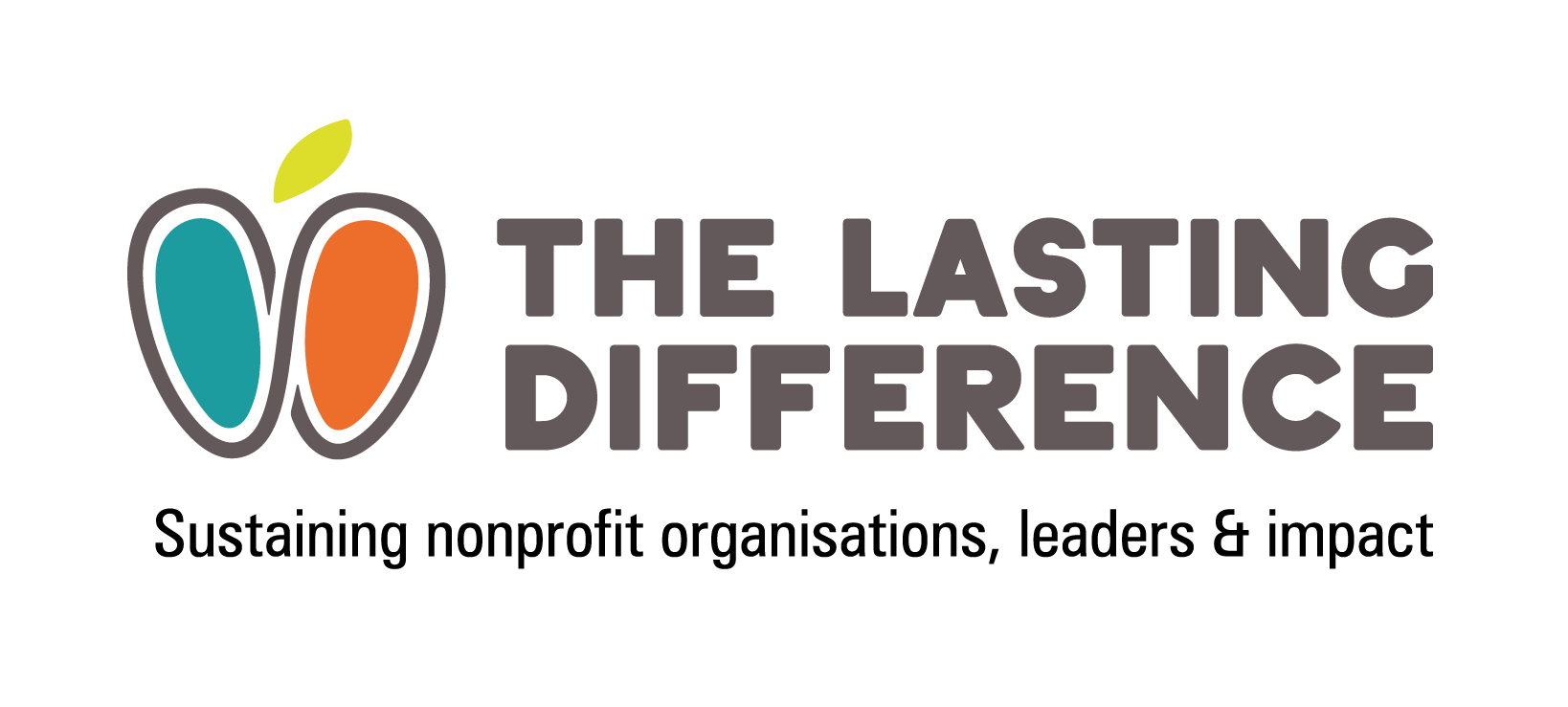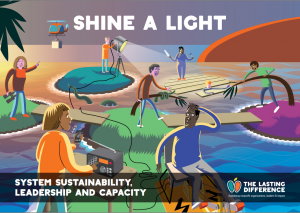We all know the question. ‘How will you sustain your project’s impact when the funding stops?’
Interestingly, although many funders ask it, most don’t know why. I know, because I’ve asked over 50 of them, one to one or in workshops. Mostly, it seems they ask it because everyone else does too. The answers they get in return are therefore just as meaningless: ‘We’ll try to find money from somewhere else.’
Only one funder has ever given me a coherent response to why they use this question. ‘We don’t expect a great answer, it’s just our way of saying to people, “Remember this won’t last forever, start planning ahead now.”’
However, there’s usually something we can do to ensure our impact is sustained after our input comes to an end (and ethically, there’s often something we must).
Things like people and groups…
- Having increased resilience, problem-solving skills and resources for life (e.g. self-management skills, self-advocacy).
- Having increased independence (with or without ongoing support).
- Being better connected (e.g. with supportive peers or community life).
- Having the skills and motivation to help others (e.g. youth services are often sustained by former participants coming back as volunteers).
- Having increased ownership of an issue (e.g. a conservation charity can only install and monitor so many bat boxes, but it can equip networks of supporters to help).
Second order outcomes
We can think of these examples as ‘Second-order’ outcomes – they go beyond the usual short term outcomes that can be most easily achieved (and measured), in short-term projects.
When it comes to sustainable capacity and impact, second-order outcomes are everything.
Multiplier effect
That’s because second-order outcomes have a multiplier effect. They build people’s capacity to help themselves and others. For example:
- Helping families to develop parenting skills improves children’s lives
- Training volunteer trainers improves community capacity
- Developing peer researchers and community activism increases agency.
Prevention
Second-order outcomes help to prevent future problems – indeed, prevention is an important second-order outcome. A question that’s common in charities is whether it is better to pull drowning people out of a river (a first-order intervention, alleviating an immediate need) or to go upstream and build a better bridge (a second-order intervention, preventing future needs from arising).
Very importantly, upstream second-order outcomes are also about improving the capacity of services, organisations and systems. (Download our guide to System Capacity and Leadership)
Second order outcomes and funding
Capacity building and prevention haven’t traditionally been looked on favourably by funders. Short-term, first-order interventions have been preferred, since they can be delivered and measured within short-term funding periods. Thankfully, this is changing.
The challenges we face in society are ever more complex and the resources we have to address them are ever scarcer.
Second-order outcomes are the only way to achieve sustainable impact with sustainable resources.
Second-order outcomes are about ensuring things have a life after you leave. As the old saying goes, give someone a fish and you feed them for a day; show them how to fish and you feed them for life. That’s a far better answer to the question of how you’ll sustain impact when funding stops. And if you don’t just want to tell funders, but show them too, join our growing network of charities committed to working in these ways.
Increase your capacity by building other people’s:
Download our guide to Sustainable Impact and Capacity

